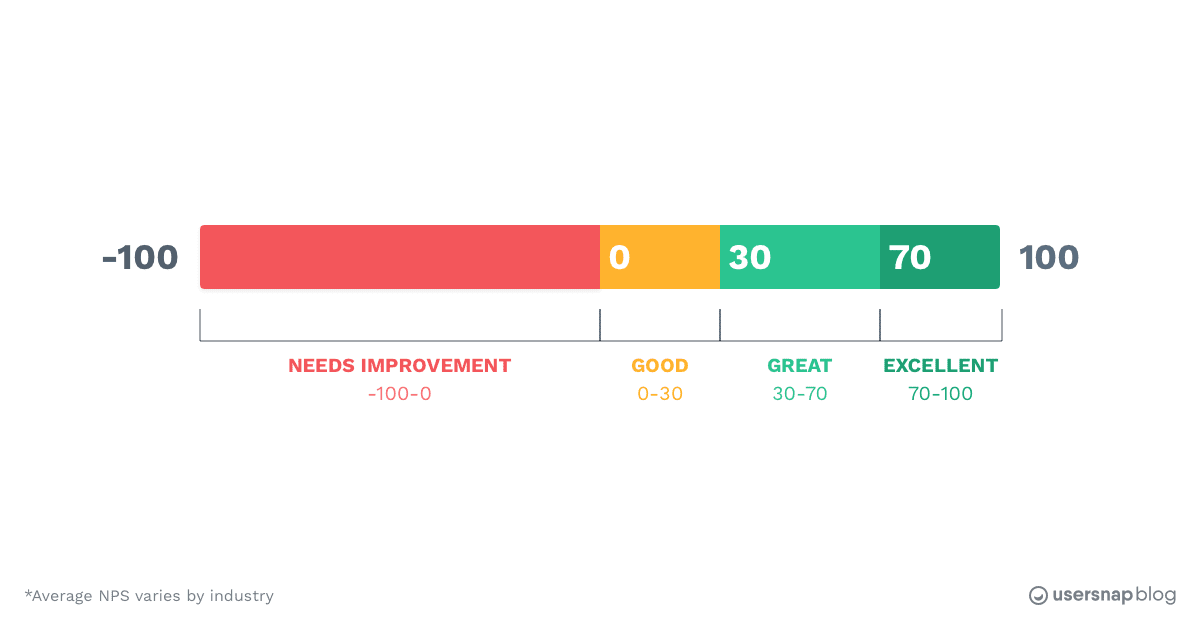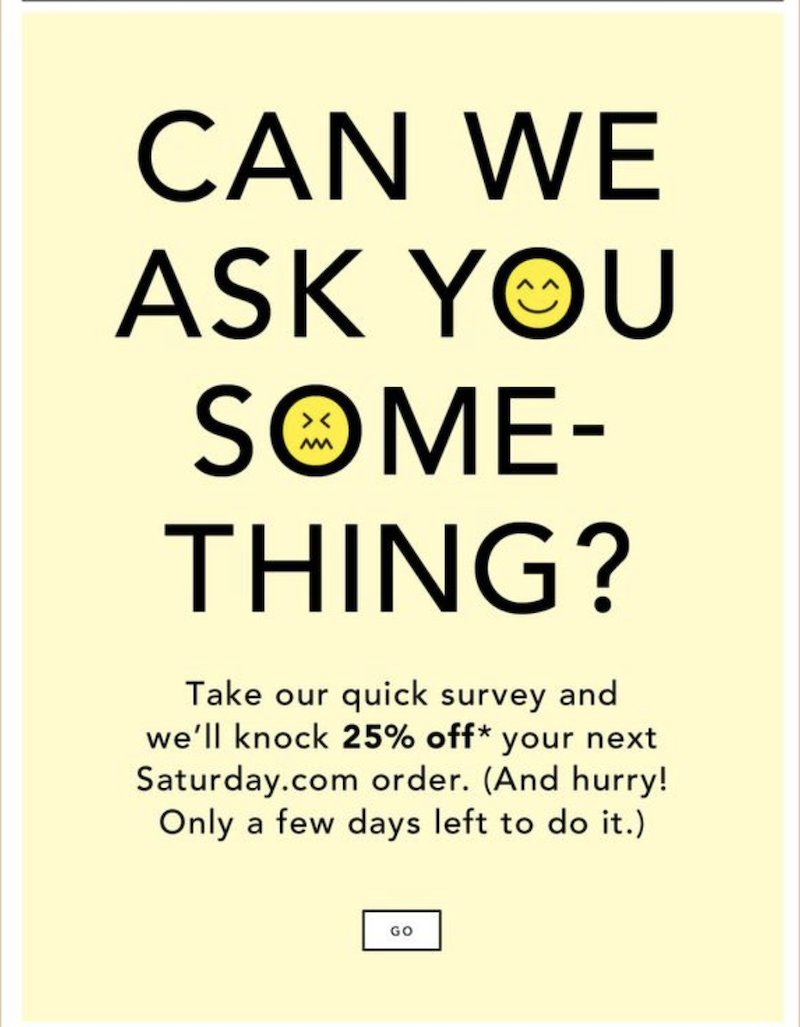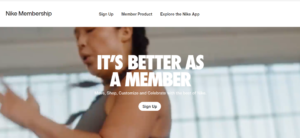Understand customer satisfaction better with these 5 metrics.
Did customers get what they were looking for? Did your product or service solve their problems? Most importantly, are they happy enough with your products and services to go back to your store?
96% of consumers say customer service is an important factor in their choice of loyalty to a brand
Customer satisfaction is the key to growing and sustaining a business. The more you keep your customers happy, the more they are satisfied, the more they become loyal and the more likely your business will become successful.
A low level of customer satisfaction means that you could risk losing customers and revenue.
So how can you measure your customers’ satisfaction?
There are a few ways to measure a customer’s satisfaction level.
You can use easy methods like reviews and emails to ask for feedback. Alternatively, you can use tools that allow you to create customer satisfaction surveys and questionnaires – which you can distribute to your customers.
After receiving the feedback and scores, you can analyse the results to gauge customer satisfaction and find out areas that need improvement.
Let’s look at some methods to collect customer feedback and measure customer satisfaction:
1. Check Your Reviews
Reviews are the easiest way to study customer’s satisfaction. Go through your website and social media and look at the review sections. What are customers saying about you? What’s your average rating?
Check the comments, mentions, retweets, shares and see what customers are saying about you – because that is the reputation you’re building out there.
Look out for compliments and complaints. Compliments tell you what customers love about your products and services; so you can continue strengthening that area.
Complaints will show you what you’re lacking in terms of customer service and satisfaction – and you can start improving on these areas.
2. NPS (Net Promoter Score)
The Net Promoter Score (NPS) is a popular survey used by many organizations to measure customer experience and predict business growth.
It asks customers to rate your business on a scale of 0 – 10. The standard question asked is:
On a scale of 0 to 10, how likely are you to recommend [company name] to a friend or colleague?
How to calculate NPS?
Based on the scores, respondents will be categorised into three groups:
- Promoters (9-10 answers) are considered loyal customers who are very likely to recommend your products or services,
- Neutrals (7-8 answers) are considered uncertain clients who can either become your promoters or move to your competitors,
- Detractors (0-6 answers) are unhappy and dissatisfied customers that are very likely to turn their backs on your business and share their bad experience with others.
After getting the numbers, you have to subtract the percentage of Detractors from the percentage of Promoters to get your Net Promoter Score. Ideally, your score should be 20 and above. If it’s below 20 or turned out to be a negative number, then you have a lot of work to do.

3. Customer Satisfaction Score (CSAT)
Aside from NPS, the Customer Satisfaction Score (CSAT) is another popular method that most businesses use to gauge customer satisfaction.
The Customer Satisfaction Score (CSAT) is a measure of customer satisfaction with a set of numbers. It typically starts with 1 as “very dissatisfied” to 10 as “very satisfied”.
According to Hubspot, your survey scale can be 1 to 3, 1 to 5, or 1 to 10 – there’s no universal agreement on which scale is best to use. You have have a few categories like ‘satisfied’, ‘somewhat satisfied’, ‘somewhat dissatisfied’, and so on.
Ultimately, you have to group the responses into 2 categories; number of customers who are satisfied and not satisfied.
Then, you take the number of satisfied customers and divide it by the number of respondents – and multiply by 100 to get the percentage of satisfied customers.
Here’s the formula:
(Number of satisfied customers / Number of survey responses) x 100 = % of satisfied customer
4. Customer Effort Score (CES)
The ‘E’ in CES stands for effort. Which is why it is meant to measure a customer’s ease or difficulty in dealing with your business. It is perfect to send out to customers immediately after purchases.
For example, you can ask customers “How easy was it for you to make your purchase today?”
Customers will then rate based on a scale of “very easy” to “very difficult”.
This can apply for everything from purchases, customer service, ease of making payments, getting a refund, and so on.
4. Send out survey via Email & SMS
Emails and text messages are excellents means of communication with customers. They work extremely well for feedback collection as these are customers who have interacted or purchased from you.
In addition to that, customers will be able to provide honest feedback as they can choose to remain anonymous in the survey form.
Send out survey emails to your list of subscribers and encourage them to give you feedback about your products and services.
Make sure to make the email sound interesting and engaging, or it will just get lost in the sea of emails that your customers are receiving. Get straight to the point, keep it short offer points or discounts for every feedback submitted.

5. Use the SMS, Direct Message or Feedback tool in your loyalty program
Text messaging is another way to efficiently reach out to customers and get feedback. Plus, SMS messages have a whopping 98% open rate! To save money, you can opt for WhatsApp or FB messenger to do this.
If you have a comprehensive customer experience management (CXM) tool like Eber, it comes with both email and SMS messaging services – including a DM feature that allows you to instantly communicate with customers!
To learn more increasing customer satisfaction and fostering customer loyalty, visit our website.




